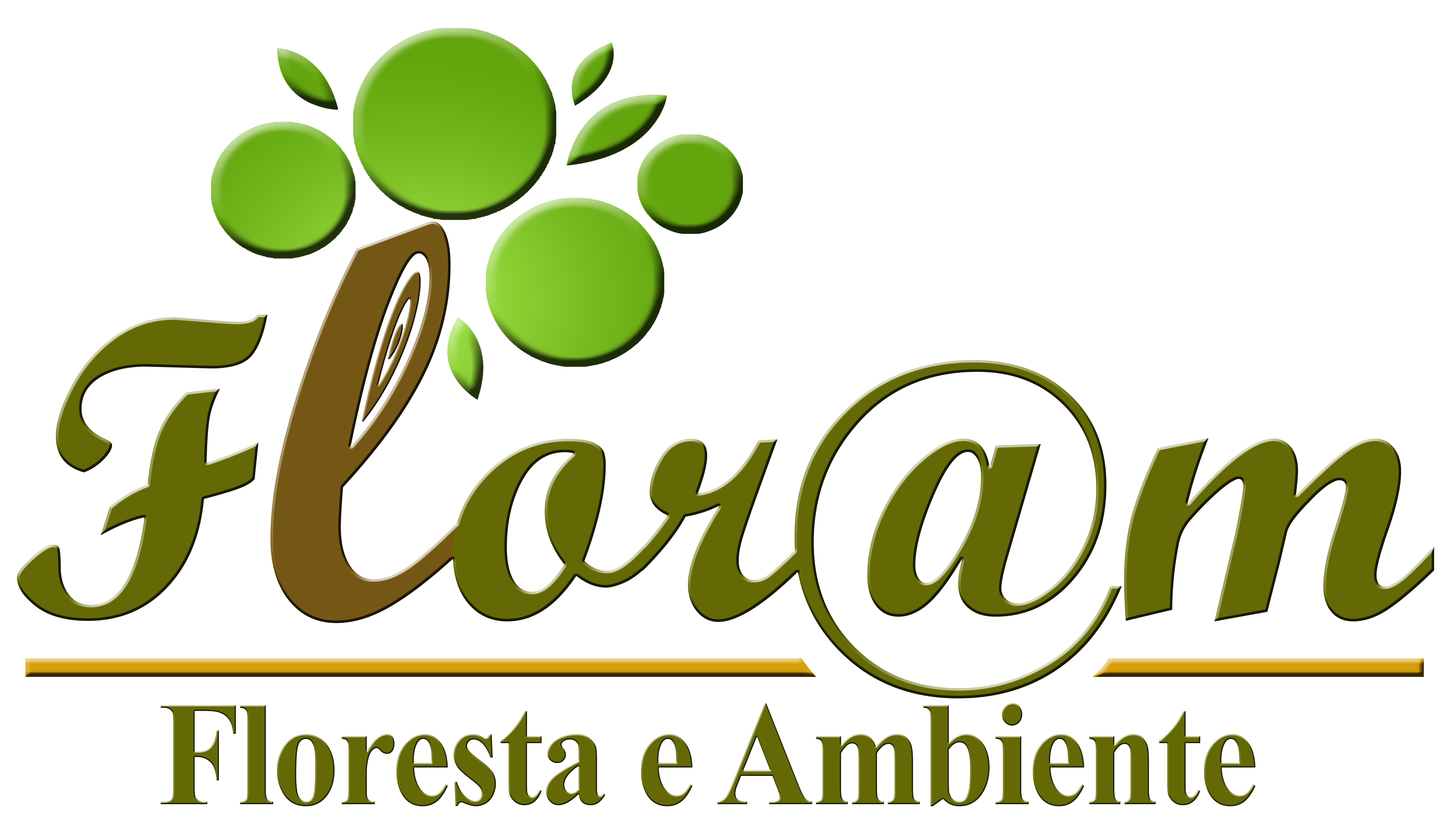Edaphic Macrofauna as Indicator of Edge Effect in Semi-deciduous Forest Fragments
Mariana dos Santos Nascimento; Patrícia Anjos Bittencourt Barreto-Garcia; Rafael Nogueira Scoriza; Jhuly Ely Santos Pereira
Abstract
Keywords
References
Abdo MTVN, Valeri SV, Ferraudo AS. Avaliação do efeito de borda da Reserva Biológica de Pindorama, SP.
Anderson JM, Ingram JSI.
Aquino AM, Silva RF, Mercante FM, Correia MEF, Guimarães MF, Lavelle P. Invertebrate soil macrofauna under different ground cover plants in the no-till system in the Cerrado.
Batista MA, Timmers JF, Cunha RPP. Os Estados da Mata Atlântica: Bahia. In: Campanili M, Prochnow M. organizadores.
Bierregaard RO Jr, Lovejoy TE, Kapos V, Santos AA, Hutchings RW. The biological dynamics of tropical rainforest fragments.
Bolger DT, Suarez AV, Crooks KR, Morrison SA, Case TJ. Arthropods in urban habitat fragments in southern California: area, age, and edge effects.
Brasil. Fundação SOS Mata Atlântica. Instituto Nacional de Pesquisa espaciais.
Brooks TM, Mittermeier RA, Mittermeier CG, Fonseca GA, Rylands AB, Konstant WR et al. Habitat loss and extinction in the hotspots of biodiversity.
Copatti CE, Gasparetto FM. Diversidade de insetos em diferentes tipos de borda em um fragmento de Floresta Ombrófila Mista.
Dindal D.
Dorval A, Peres O Fo, Marques EN. Levantamento de Scolytidae (Coleoptera) em plantações de
Empresa Brasileira de Pesquisa Agropecuária – Embrapa. Centro Nacional de Pesquisa de Solos.
Ferraz ACP. Efeitos de borda em florestas tropicais sobre artrópodes, com ênfase nos dípteros ciclorrafos.
González E, Salvo A, Valladares G. Arthropods on plants in a fragmented Neotropical dry forest: a functional analysis of area loss and edge effects.
Haskell DG. Effects of forest roads on macroinvertebrate soil fauna of the southern Appalachian Mountains.
Jouquet P, Traoré S, Choosai C, Hartmann C, Bignell D. Influence of termites on ecosystem functioning: ecosystem services provided by termites.
Laurance WF, Vasconcelos HL. Conseqüências ecológicas da fragmentação florestal na Amazônia.
Lavelle P, Blanchart E, Martin A, Spain AV, Martin S.
Lavelle P. Diversity of soil fauna and ecosystem function.
Lima-Ribeiro MS. Efeitos de borda sobre a vegetação e estruturação populacional em fragmentos de Cerradão no Sudoeste Goiano, Brasil.
Lindenmayer DB, Hobbs RJ, Montague-Drake R, Alexandra J, Bennett A, Burgman M et al. A checklist for ecological management of landscapes for conservation.
Murcia C. Edge effects in fragmented forests: implications for conservation.
Pinheiro ER, Duarte LDS, Diehl E, Hartz SM. Edge effects on epigeic ant assemblages in a grassland–forest mosaic in southern Brazil.
Primack RB, Rodrigues E.
Rantalainen ML, Kontiola L, Haimi J, Fritze H, Setälä H. Influence of resource quality on the composition of soil decomposer community in fragmented and continuous habitat.
Ribeiro TC.
Riutta T, Clack H, Crockatt M, Slade EM. Landscape-scale implications of the edge effect on soil fauna activity in a temperate forest.
Riutta T, Slade EM, Bebber DP, Taylor ME, Malhi Y, Riordan P et al. Experimental evidence for the interacting effects of forest edge, moisture and soil macrofauna on leaf litter decomposition.
Scariot A, Freitas SR, Mariano E No, Nascimento MT, Oliveira LC, Sanaiotti T et al. Vegetação e flora. In: Rambaldi DM, Oliveira DAS, organizadores.
Simpson JE, Slade E, Riutta T, Taylor ME. Factors affecting soil fauna feeding activity in a fragmented lowland temperate deciduous woodland.
Silva RD, Aquino AD, Mercante FM, Guimarães MDF. Macrofauna invertebrada do solo sob diferentes sistemas de produção em Latossolo da Região do Cerrado.
Silva WG, Metzger JP, Simões S, Simonetti C. Relief influence on the spatial distribution of the Atlantic Forest cover on the Ibiúna Plateau, SP.
Sousa GTO, Azevedo GB, Barreto PAB, Júnior VC. Relações hipsométricas para Eucalyptus urophylla conduzidos sob regime de alto fuste e talhadia no Sudoeste da Bahia.
Tagliaferre C, Costa Santos L, Santos IJ No, Santos TJ, Rocha FA, Guimarães DU. Estimativa da evapotranspiração de referência com uso do irrigâmetro em Vitória da Conquista/BA.
Teixeira AFR, Silva VM, Sá Mendonça E. Fauna edáfica em sistemas arborizados de café conilon em solo de tabuleiros costeiros.
Uhlig VM.
Vital ART, Guerrini IA, Franken WK, Fonseca RCB. Produção de serapilheira e ciclagem de nutrientes de uma Floresta Estacional Semidecidual em zona ripária.
Vidal MM, Pivello VR, Meirelles ST, Metzger JP. Produção de serapilheira em floresta Atlântica secundária numa paisagem fragmentada (Ibiúna, SP): importância da borda e tamanho dos fragmentos.
Wirth R, Meyer ST, Leal IR, Tabarelli M. Plant herbivore interactions at the forest edge. In: Lüttge U, Beyschlag W, Murata J.

